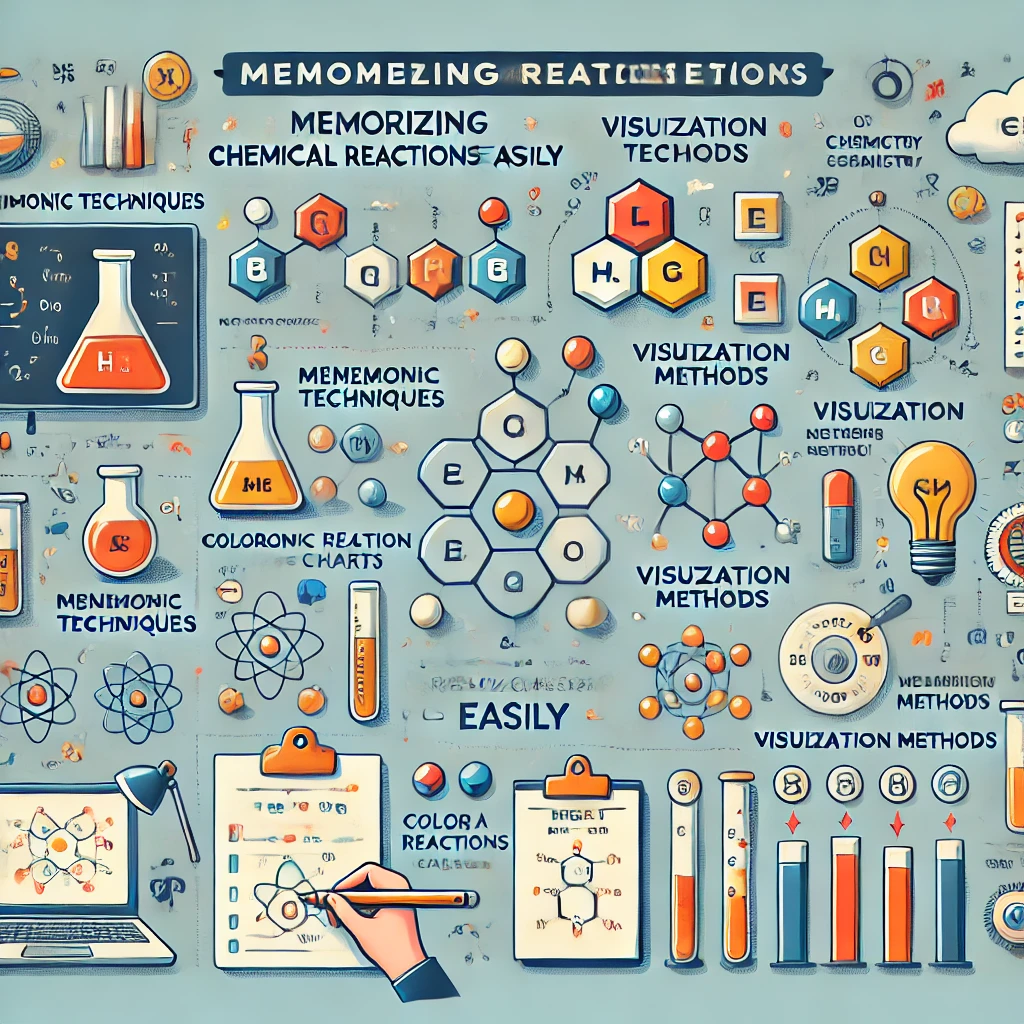Understanding the Basics of Chemical Reactions
Chemical reactions are processes in which substances, known as reactants, are transformed into different substances, referred to as products. This transformation occurs through the breaking and forming of chemical bonds. Understanding the fundamental concepts of these reactions is critical for students and professionals in the field of chemistry, as it serves as the foundation for more advanced studies and applications. A basic comprehension of chemical reactions not only aids in the memorization of specific reactions but also equips individuals with the ability to predict the outcomes of various chemical processes.
One of the essential aspects of chemical reactions is the principle of balancing equations. A balanced chemical equation ensures conservation of mass, indicating that the number of atoms of each element is the same on both sides of the equation. This balance is crucial because it reflects the reality of chemical reactions in the physical world. Neglecting this principle can lead to misunderstandings in the stoichiometry of reactions, making it difficult to calculate reactant requirements or product yields accurately.
Chemical reactions can be categorized into several types, each defining a specific process. The primary categories include synthesis reactions, where two or more reactants combine to form a single product; decomposition reactions, wherein a single compound breaks down into two or more simpler substances; single replacement reactions, involving an element swapping places with another in a compound; and double replacement reactions, where two compounds exchange components to form two new compounds. Recognizing these categories is vital for effectively memorizing various chemical reactions, as it enables individuals to group similar reactions and understand their behavior and conditions needed for occurrence.
In conclusion, a solid understanding of the basics of chemical reactions—such as their definitions, the importance of balancing them, and the various types—is crucial for successful memorization and application in real-world scenarios.
Visual Aids and Mnemonics for Better Retention
In the context of memorizing chemical reactions, utilizing visual aids and mnemonic devices proves to be an effective strategy. These tools not only enhance memory retention but also make the complex subject matter more engaging and easier to grasp. One of the most straightforward yet effective methods is drawing reaction diagrams. Visual learners often find that creating illustrative representations of chemical processes allows them to internalize reactions more effectively than text-based learning alone. By sketching out reactants, products, and the pathways of transformation, students can visualize the synthesis and degradation processes, thus making the information more accessible.
Another powerful tool in the memorization arsenal is the use of flashcards. These can be tailored to display various chemical formulas and the specific type of reaction, whether it be synthesis, decomposition, single replacement, or double replacement. Flipping through a set of well-organized flashcards can reinforce learning and provide quick recall opportunities. Moreover, including visuals such as molecular structures or process flow can further enhance the retention of chemical reactions.
Creating catchy phrases or acronyms—known as mnemonics—can also significantly aid in memorizing the order or components of a reaction. For instance, students might design mnemonic devices that link specific reactions to familiar concepts or sequences. This brain-friendly method connects new information with existing knowledge, thereby making memory retrieval easier. By employing these visual aids and mnemonic devices, learners can transform their study sessions into more productive and enjoyable experiences. The result is a deeper understanding and permanent retention of chemical reactions, which are often perceived as challenging in educational settings.

Practical Techniques for Memorization
Memorizing chemical reactions can often be a daunting task for students. However, employing practical techniques can facilitate the learning process and enhance retention. One effective method is the creation of study groups. Collaborating with peers allows for the exchange of ideas and explanations, fostering a deeper understanding of the material. Group members can quiz each other on various reactions, providing each participant with valuable active recall opportunities that strengthen memory pathways.
Another engaging strategy is to practice with real-life applications. Finding connections between chemical reactions and everyday life can make the content more relatable and easier to remember. For example, by examining how baking soda reacts with vinegar during a volcano experiment, students can visualize the reaction, thereby embedding it in their memory. Encouraging students to relate reactions to phenomena they observe can also heighten their interest and improve retention.
Conducting experiments, whether in the laboratory or in a less formal setting, can serve as a powerful means of reinforcing memory. Hands-on experience not only makes the concepts more tangible but also aids in understanding the underlying principles involved in each reaction. Through experimentation, learners develop a practical familiarity with the reactions, which complements their theoretical knowledge.
More
Additionally, incorporating spaced repetition into the study plan can significantly improve information retention. This technique involves reviewing material at increasing intervals, which takes advantage of the psychological spacing effect. Spaced repetition encourages long-term memorization by ensuring that information is revisited before it is forgotten. Coupling this with active recall, where individuals actively engage with the material rather than passively reviewing it, can create a highly effective memorization strategy.
In conclusion, implementing study groups, real-life applications, experimentation, spaced repetition, and active recall as part of a cohesive study plan can greatly enhance a student’s ability to memorize chemical reactions. By integrating these techniques, learners can navigate the complexities of chemistry with increased confidence and effectiveness.
Resources and Tools for Learning Chemical Reactions
When it comes to mastering the daunting subject of chemical reactions, utilizing the right resources and tools can significantly enhance the learning experience. A variety of materials are available that cater to different learning styles, thus providing an engaging environment for learners. Textbooks such as “Chemistry: The Central Science” and “Organic Chemistry” by John McMurry are excellent foundational resources. These textbooks not only cover the fundamental principles of chemical reactions but also offer numerous practice problems that reinforce memorization.
In addition to traditional textbooks, online courses have become increasingly popular. Platforms such as Coursera, edX, and Khan Academy provide access to high-quality lectures and interactive quizzes. These courses often include video tutorials that break down complex chemical reactions into manageable segments, allowing students to learn at their own pace. Educational videos on platforms such as YouTube, particularly from channels like Crash Course and TED-Ed, can also complement formal studies, making topics more relatable and easier to digest.
Mobile applications can be particularly beneficial for learners on the go. Applications like ChemCollective and Periodic Table enable users to engage with chemical concepts interactively, reinforcing their understanding of chemical reactions through games and simulations. Such tools often come with features that allow students to visualize molecular interactions and transformations, thus solidifying their grasp of the material.
Conclusion
Furthermore, websites that offer interactive learning experiences, like PhET Interactive Simulations, allow users to manipulate variables in simulated chemical reactions, fostering a hands-on approach to learning. Utilizing these resources can significantly boost comprehension and retention, making memorizing chemical reactions not just easier but a more enjoyable process as well.
Read Our Latest Blog
How to Solve Trigonometry Problems Like a Pro
Phone Number: +91-7488456170
Email ID: abhishek@eepl.me
Our Platforms:
Digilearn Cloud
EEPL Test
Live Emancipation
Follow Us on Social Media:
Instagram – EEPL Classroom
Facebook – EEPL Classroom
Stay connected and keep learning with EEPL Classroom !









